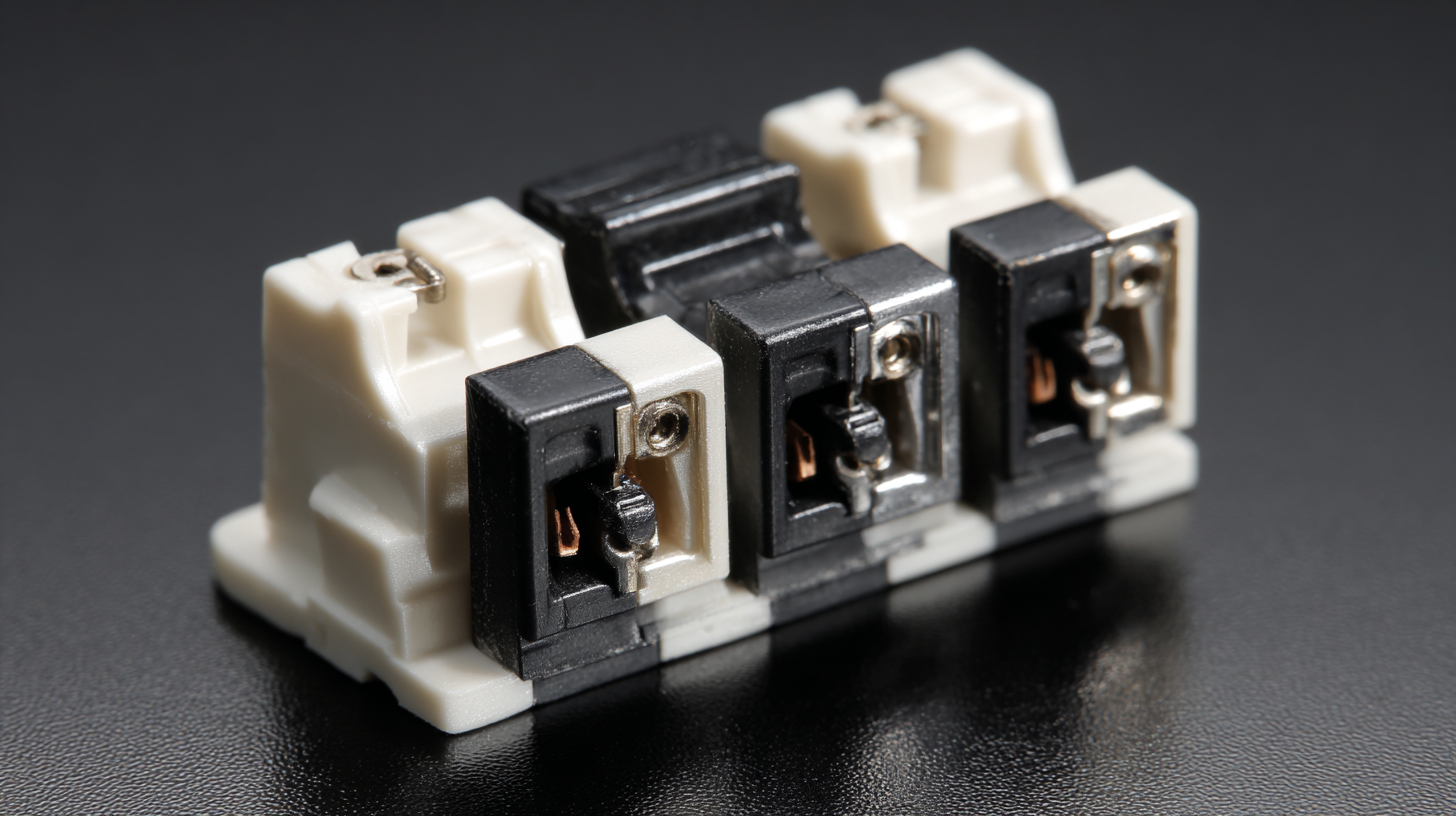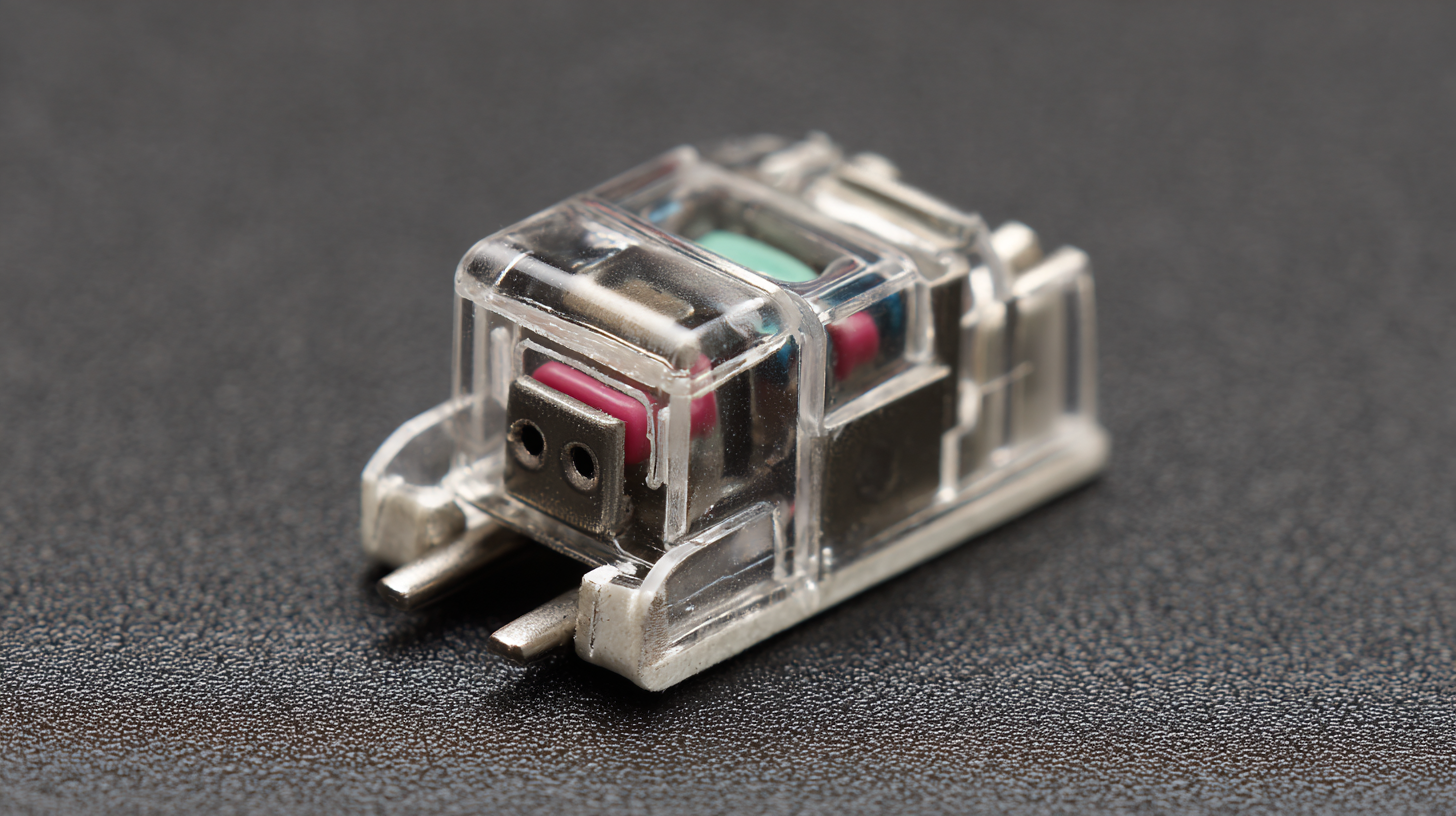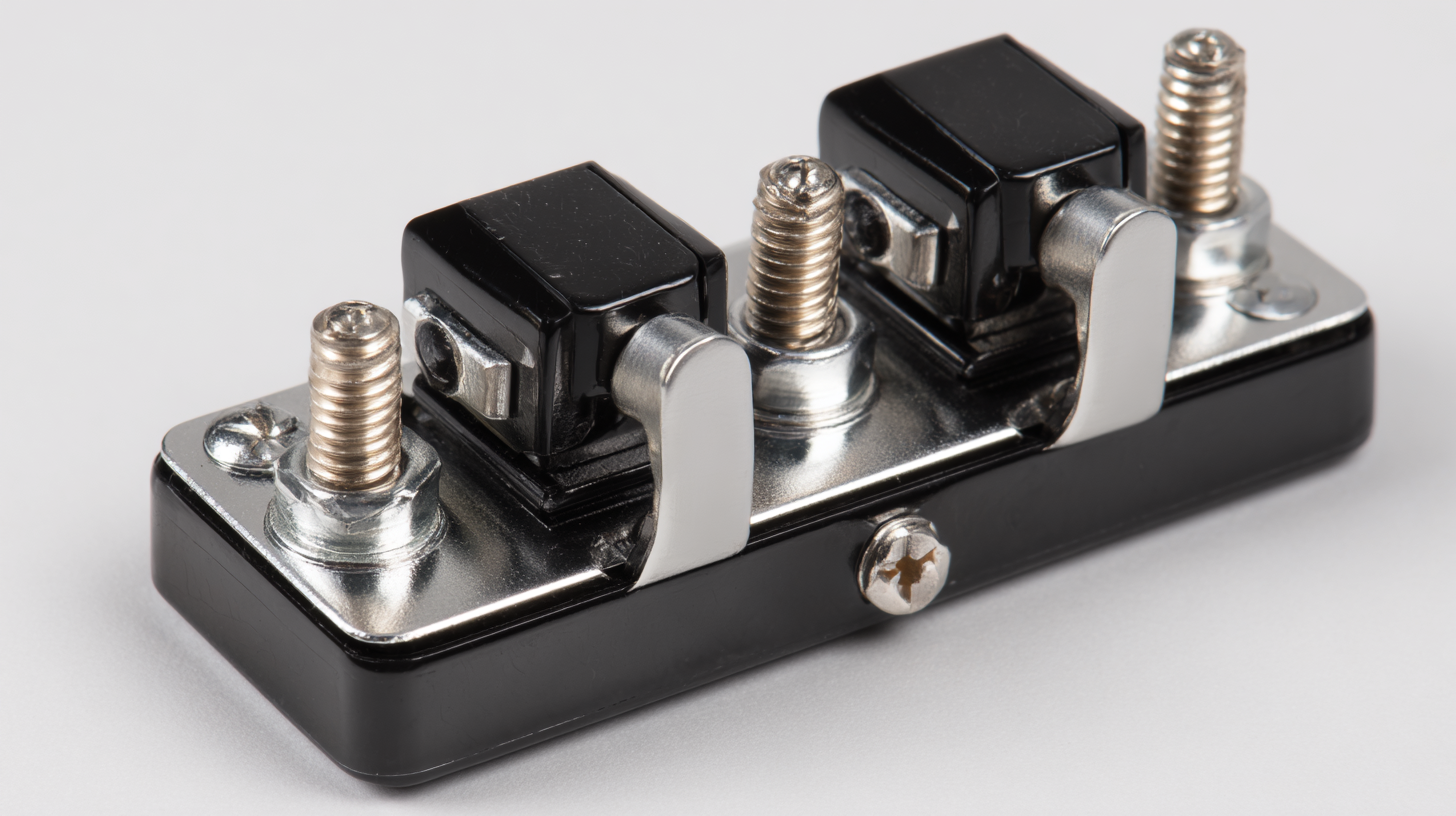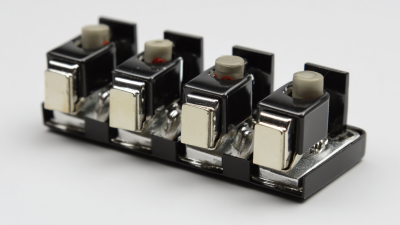Understanding the Versatility of Dpdt Rocker Switches in Modern Electrical Applications
In today's rapidly evolving electrical landscape, the versatility of the DPDT rocker switch is increasingly recognized for its pivotal role in a variety of applications. According to a recent report by Market Research Future, the global market for electrical switches is projected to reach approximately $89 billion by 2025, with DPDT rocker switches playing a significant part due to their dual-pole, double-throw capabilities. These switches allow for the control of multiple circuits simultaneously, offering efficiency and reliability that are essential in modern devices—from consumer electronics to industrial automation systems. As designers seek solutions that meet both functional and aesthetic requirements, understanding the operational intricacies and advantages of DPDT rocker switches becomes essential. This exploration into their applications not only highlights their adaptability but also showcases their importance in enhancing circuit performance and user interface design.

The Essential Role of DPDT Rocker Switches in Electrical Circuit Design
DPDT rocker switches, or Double Pole Double Throw switches, play a crucial role in modern electrical circuit design, providing flexibility and control in various applications. According to a report by Technavio, the global switch market is expected to grow by $2.32 billion from 2021 to 2025, driven significantly by the increasing demand for versatile switch solutions. DPDT switches allow engineers and designers to change the direction of electrical flow in a circuit, enabling applications in motors, lighting controls, and power distribution with efficiency and reliability.
These switches are not only essential for their functional capabilities but also for their compact design, which suits the constraints of contemporary electronic devices. A study by MarketsandMarkets states that the demand for miniaturized electronic components is anticipated to surge, leading to a projected annual growth rate of 7.5% in the electronics sector. DPDT rocker switches meet this demand by combining multiple functionalities into a single unit, thereby saving space and simplifying circuit design, making them an indispensable component in the evolving landscape of electrical engineering.

Exploring Key Applications of DPDT Rocker Switches in Home Automation Systems
In the realm of home automation, DPDT rocker switches play a crucial role in enhancing the flexibility and control of electrical systems. These switches, which stand for Double Pole Double Throw, enable users to manage multiple circuits simultaneously. According to a report by the Global Home Automation Market, the adoption of smart home technologies is projected to grow at a CAGR of 25.3% from 2021 to 2026, highlighting the demand for versatile components such as DPDT switches in these systems.
DPDT rocker switches are particularly advantageous in applications requiring both manual and automated control. They can easily toggle between different configurations, making them ideal for controlling lighting systems, fan speeds, and even complex devices like motorized window blinds. By integrating DPDT rocker switches into home automation setups, homeowners can optimize energy usage and enhance convenience. A recent survey by the Consumer Electronics Association found that over 70% of homeowners prioritize the automation and control of their home devices, further emphasizing the relevance of these versatile switches in modern electrical applications.
Key Applications of DPDT Rocker Switches in Home Automation Systems
Impact of DPDT Rocker Switches on Energy Efficiency in Modern Electronics
DPDT (Double Pole Double Throw) rocker switches play a crucial role in enhancing
energy efficiency within modern electronics. By allowing users to control multiple circuits simultaneously,
these switches can significantly reduce power consumption. According to a report by the
International Energy Agency (IEA), efficient switching components can improve the overall energy efficiency of a device by
up to 20%, which is a notable impact given the rising global energy demands.
In applications ranging from consumer electronics to industrial machinery, DPDT rocker switches can
streamline operations while minimizing energy waste. A study by the
Electric Power Research Institute (EPRI) indicated that properly implemented
switching mechanisms, such as DPDT switches, can lead to reductions in standby power losses of
up to 15%. This efficiency not only extends the life of the devices but also contributes to lower operational costs
and a smaller carbon footprint. As industries increasingly focus on sustainability, the versatility of
DPDT rocker switches positions them as a vital component in the quest for more energy-efficient solutions in electronics.
Comparative Analysis of DPDT Rocker Switches versus Other Switch Types in Industrial Use
The versatility of DPDT rocker switches makes them an essential component in various industrial applications. When compared to other switch types, such as single pole switches or toggle switches, DPDT rocker switches offer unique advantages in functionality and design. They allow for the control of two circuits simultaneously, which enhances efficiency in complex electrical systems. This dual control capability is particularly advantageous in applications that require reversing motors or managing multiple states in machinery, making them a preferred choice in industrial settings.

As the global electrical switch market continues to grow, projected to reach approximately $53.957 billion by 2025, the demand for specialized switch types like DPDT rocker switches is expected to rise. Their ability to handle higher voltages and currents, combined with ease of installation and robust design, positions them favorably against alternatives. Industries are increasingly recognizing the reliability and practicality offered by DPDT switches, making them critical for modern applications where performance and safety are paramount. This trend signals a shift towards more sophisticated switch designs that cater to the evolving needs of the industrial sector.
Future Trends: The Evolution of DPDT Rocker Switch Technology in Smart Devices
The future of DPDT rocker switch technology is poised for significant transformation, particularly in the realm of smart devices. As consumer electronics increasingly demand more intuitive interfaces, the versatility of DPDT switches will be further exploited to enhance functionality. According to a recent report by Markets and Markets, the global smart home market is projected to reach USD 135.3 billion by 2025, highlighting the substantial role that reliable control mechanisms, such as DPDT switches, play in achieving seamless operation and integration within these systems.
Moreover, advancements in miniaturization and materials science are enabling manufacturers to design DPDT switches that are more compact and durable, which is essential for the sleek aesthetics of modern smart devices. Data from Research and Markets indicates that the global market for electronic switches, including DPDT variants, is expected to grow at a CAGR of 6.2% through 2027. This growth is largely driven by the increase in demand for remote control, smart appliances, and energy-efficient systems, where DPDT switches can provide a reliable means of toggling multiple circuits with a single action, aligning perfectly with the needs of today's technology-driven world.
Understanding the Versatility of Dpdt Rocker Switches in Modern Electrical Applications
| Application Area | Switch Type | Number of Circuits | Voltage Rating | Current Rating | Future Trend |
|---|---|---|---|---|---|
| Home Automation | DPDT | 2 | 120V AC | 10A | Integration with IoT |
| Industrial Control | Standard DPDT | 2 | 240V AC | 15A | Smart Manufacturing |
| Automotive Electronics | Mini DPDT | 2 | 12V DC | 20A | Electric Vehicle Integration |
| Consumer Electronics | Illuminated DPDT | 2 | 5V DC | 2A | Enhanced User Interfaces |
| Telecommunications | Heavy Duty DPDT | 2 | 48V DC | 30A | 6G Technology Adaptation |
Related Posts
-

7 Reasons to Choose the Best Dpdt Rocker Switch for Your Next Project
-

Top Strategies for Sourcing High Quality Dpdt Rocker Switches in Competitive Markets
-

Understanding the Differences Between Single and Double Rocker Switches for Your Needs
-

Illuminate Your Control Experience with the Advantages of Illuminated Push Buttons for Enhanced Safety
-

The Future of Advanced Waterproof Rocker Switch Technology
-

Exploring the Future of Waterproof Toggle Switches at the 138th Canton Fair 2025

